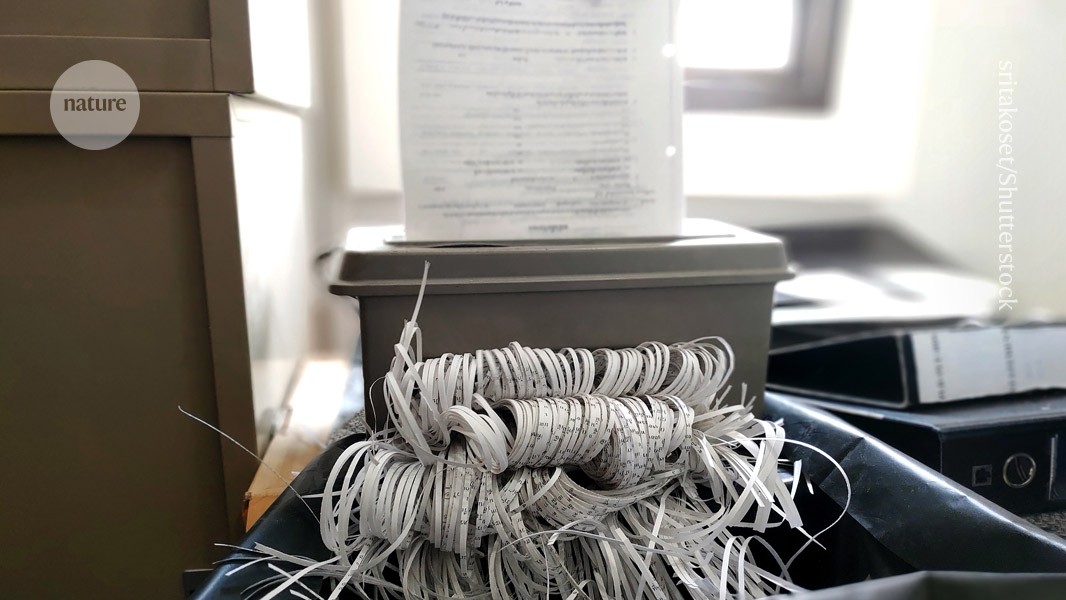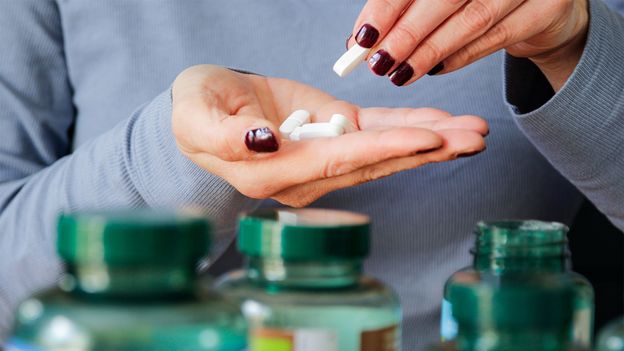- Arvind's Newsletter
- Posts
- Arvind's Newsletter
Arvind's Newsletter
Issue No. #1164
1.Govt proposes GST overhaul; 12%, 28% rates to be dropped: Mint and other
In a major overhaul of the goods and services tax (GST) structure, the Central government has proposed to do away with the 12% and 28% tax slabs, which is expected to bring relief on a large number of goods and services and stimulate the economy.
In the overhaul of the goods and services tax (GST) structure, 5 per cent and 18 per cent rates would be used for most goods, while a special 40 per cent levy would apply to luxury and sin items like tobacco, PTI reported on Friday, citing government sources.
Under the proposed reforms, nearly 99 per cent of items currently in the 12 per cent slab, including common daily-use products, are expected to move to 5 per cent, while around 90 per cent of goods in the 28 per cent bracket would fall under the 18 per cent rate. Petroleum products will continue to remain outside the GST regime.
The move is aimed at boosting consumption, offsetting any revenue loss from the rate rationalisation, the report added.
As per Economic Times, under the present GST structure, which came into effect on July 1, 2017, the 18% slab accounts for the largest share, 65%, of total collections. The top 28% tax bracket contributes 11% of GST revenue, the 12% slab about 5%, and the lowest 5% rate on essential items around 7%.
The proposal has been sent to a ministerial group and will be placed before the federal indirect tax body, the GST Council, by September or October.
The government will set up a task force for next-generation reforms with an aim to overhaul the laws, rules, and procedures that govern economic activity, Prime Minister Narendra Modi announced in his Independence Day address on Friday.
2.Floods and landslides in Indian Kashmir kill 60, over 200 missing: Reuters
Rescuers in Indian Kashmir used shovels and earthmovers to search for survivors under boulders and debris on Friday, a day after sudden floods triggered by heavy rains killed at least 60 people and left 200 others missing.
Gushing mudslides and floodwaters inundated the village of Chasoti on Thursday, washing away pilgrims who had gathered for lunch before trekking up the hill for a popular religious site, in the second such disaster in the Himalayas in a little over a week.
3.FIIs vs DIIs: Reversing roles in India's equity market after 25 years: Janak Raj in Business Standard
“In 1992, foreign institutional investors (FIIs), or foreign portfolio investors, were allowed to participate in the Indian equity market, marking a major step in opening the Indian capital market to foreign investment. FIIs began their operations with a modest investment of ₹13 crore in 1992-93. At that time, domestic institutional investors (DIIs), comprising the erstwhile Unit Trust of India (UTI), six bank-sponsored mutual funds, and four financial institution-sponsored mutual funds, were well-established. In 1993, private-sector mutual funds were also allowed, which, along with the mutual funds already in operation, were expected to act as a counterweight to FIIs. The combined equity investments (outstanding) of DIIs were approximately ₹45,000 crore at end-March 1993. However, the next few years proved turbulent for DIIs, reducing their relative significance markedly.
The year 2014-15, however, marked a turning point in the operations of DIIs — their investments in equities surged by 98 per cent and maintained robust growth thereafter, expanding at an annual average rate of 42 per cent since then. Investments by DIIs grew at a much higher rate of 55.4 per cent from 2014-15 to 2019-20, compared with 37 per cent in the post-Covid period (2021-22 to 2024-25). Thus, contrary to the common narrative, retail investors started getting attracted to the equity market much before the Covid pandemic. This is corroborated by the share of capital market instruments in the gross financial savings of the household sector, which, at over 6 per cent, was broadly the same as in the pre-Covid period (2014–15 to 2019–20). In absolute terms, investments by DIIs reached an all-time high of ₹14 trillion at end-March 2025.
In contrast to the rapid growth of DII investments over the past decade, FII investments grew at only 4.9 per cent. Consequently, their outstanding investments, at ₹10 trillion at end-March 2025, were about 29 per cent lower than those of DIIs. Thus, DIIs have regained their predominant position in the equity market after a long hiatus of 25 years.”
4.M&M bets on multi-powertrain platform to beat rivals, meet emission norms: Mint and others
M&M joins Tata Motors in securing access to a technology platform that can accommodate multiple powertrains. Tata Motors has access to Modular Longitudinal Architecture technology through its arm Jaguar Land Rover. The MLA platform can accommodate petrol, diesel, plug-in hybrid and EVs.
Mahindra & Mahindra Ltd will develop new petrol, diesel and electric vehicle models on one common technology platform that will give it the flexibility to meet global emission norms and adjust its products based on market demand, as competition in the world's third-largest automobile market intensifies.
While revealing its new vehicle platform NU_IQ, the company on Friday unveiled design prototypes of four new sports utility vehicles (SUVs) that will be based on the platform. These SUVs based on the new platform will begin arriving in the markets in 2027. The automaker, however, did not commit to the launch of hybrid vehicles just yet.
The company is also expanding its Chakan plant capacity by 240,000 units per annum by FY27 to meet rising demand and support upcoming models. Additionally, M&M is looking for Greenfield sites to further its expansion.M&M has submitted a letter of intent to the Maharashtra government to acquire 350 acres of land in Igatpuri, near Nashik.
The NU_IQ platform will underpin M&M’s next generation of SUVs, which the company plans to manufacture in India for global markets such as the EU, Australia, and South Africa, focusing on what it calls ‘core SUVs’.
5.India will penalize universities that retract too many academic papers.
The number of withdrawn scientific papers each year has been increasing for decades. Sometimes those retractions are for honest mistakes, but often they are due to fraud. Indian research has some of the highest rates of retraction in the world. Universities with high rates will drop down the country’s rankings. Some academics welcome the move, arguing that retractions are an important signal of misconduct, but others told Nature that stigmatising retractions could disincentivize academics from admitting error, or drive institutions to find ways to hide fraud or obstruct retractions. Scientific fraud “has become an industry,” one researcher told Science.
6.Destructive price wars and US tariffs are sending a chill through the Chinese economy: Financial Times
“Two of China’s benchmark economic indicators slowed sharply in July as domestic and trade pressures fuelled concern over the health of the world’s second-largest economy. Industrial output rose 5.7 per cent last month, official data from the National Bureau of Statistics showed on Friday, the slowest pace of growth since November and trailing June’s rate of 6.8 per cent. Retail sales added 3.7 per cent in the month, down from 4.8 per cent in June.
The gloomy data comes as a four-year slowdown in the housing market and the fallout from US President Donald Trump’s tariff war weigh on China’s economy, where Xi Jinping’s government is battling the threat of deflation and growing concerns about industrial overproduction.”
New home prices across 70 major cities dropped 0.3 per cent on average last month, the NBS data on Friday showed, following a recent series of declines that has undercut hopes of a swift housing rebound.
“July’s main economic indicators suggest that the country’s tariff-related swoon has begun,” said Homin Lee, a senior macro strategist at Lombard Odier in Singapore.
7.The US government may take a stake in Intel: Bloomberg
The beleaguered chipmaker lost $19 billion last year and revenues are down 16% in two years. As the only major semiconductor manufacturer that makes its products in the US — Nvidia outsources production to Taiwan — it is a “jewel asset” for USA, The Information’s Martin Peers argued.
The government has taken stock in major companies before, notably auto manufacturers during the financial crisis, but it is nonetheless a sign of Trump’s willingness to directly intervene in business after demanding 15% of Nvidia’s China revenues. Intel shares jumped on the news, Bloomberg reported, although Peers said Trump’s “desire to control everything” could be bad news if he tries to micromanage the company.
8.Mind-Reader Study: Eurekalert
Stanford University researchers have successfully translated patients’ inner monologues with up to 74% accuracy, according to a study released yesterday.
Brain-computer interfaces have become increasingly adept at helping people with neurodegenerative diseases communicate. A team of researchers took this further by studying not just attempted speech but silent thoughts. They implanted micro-electrodes in the brains of four participants with paralysis from either ALS or a brainstem stroke. They then instructed patients to speak or imagine a set of words. Both activated similar neural pathways in the brain’s motor cortex region (responsible for speech), with imagined speech showing weaker activity. The team used AI to interpret inner thoughts from a vocabulary of up to 125,000 words.
To initiate interpretation, patients were given a password (instructed to think “chitty chitty bang bang”) to prevent the computers from continually interpreting their thoughts. Researchers hope the study will help patients communicate more quickly.
9.Using generative AI, researchers design compounds that can kill drug-resistant bacteria: MIT News
With help from artificial intelligence, MIT researchers have designed novel antibiotics that can combat two hard-to-treat infections: drug-resistant Neisseria gonorrhoeae and multi-drug-resistant Staphylococcus aureus (MRSA).
Using generative AI algorithms, the research team designed more than 36 million possible compounds and computationally screened them for antimicrobial properties. The top candidates they discovered are structurally distinct from any existing antibiotics, and they appear to work by novel mechanisms that disrupt bacterial cell membranes.
This approach allowed the researchers to generate and evaluate theoretical compounds that have never been seen before — a strategy that they now hope to apply to identify and design compounds with activity against other species of bacteria.
AI gets another win in the medical space. The FDA has signed off on prostate cancer predictor ArteraAI test, which uses AI and biomarkers to predict if standard hormone therapy will be effective.
10.Should we all be taking vitamin supplements? BBC
Vitamin supplements can be an efficient way to add vitamins lacking in our diet. But they're not a silver bullet.
The market for vitamin and mineral supplements is estimated to be worth $32.7bn (£24.2bn), and over 74% of Americans and two-thirds of Britons admit to using them in an effort to improve their health.
However, the pills are mired in controversy, with some studies suggesting they have no discernible health benefits, and others finding they could even harm you. So what does the evidence really say? Should we all be taking vitamin supplements, or just some of us? Does anyone even need to take them?
It's fair to say that no supplement will ever replace a healthy and balanced diet. The best way, therefore, of meeting the body's requirement for vitamins is through eating plenty of leafy green vegetables, fruits, grains, nuts, dairy, and fish. However, research also shows that many of us are not managing to adhere to this practice. The rise of fast food, along with ultra-processed products, means convenience often triumphs over a fresh home-cooked meal.
Could multivitamins help fill this nutritional gap? The answer, as you might expect, is complicated.
"Mega-dosing" on vitamins and minerals can be dangerous. For instance, there have been instances of people being taken to hospital from taking dangerously high levels of vitamin D. Consuming too much vitamin D can cause mild symptoms, such as thirst and needing to urinate more frequently, but in severe cases it can cause seizures, coma, and death.
Intriguingly, evidence is starting to grow that popping a daily multivitamin could be beneficial for health, particularly for older adults.
Manson's physician's health study II, which began over 20 years ago, found that the risk of being diagnosed with cancer was 8% lower in people who took a daily multivitamin for 11 years. The greatest benefit was in older participants who were above the age of 70, who had an 18% reduction in cancer with the multivitamin assignment compared to the placebo group.
"It may be because the diet of older people is a little poorer," says Manson. "Or there may be poor absorption of vitamins and minerals, and so this is a group that seems to benefit more."










